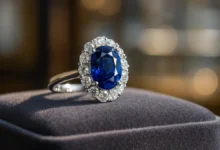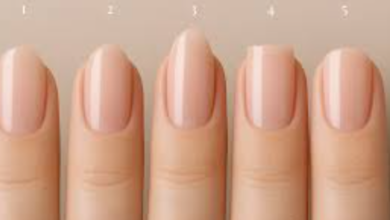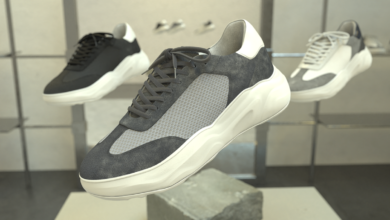Rook Piercing: Your Ultimate Guide to Style, Care, and Confidence
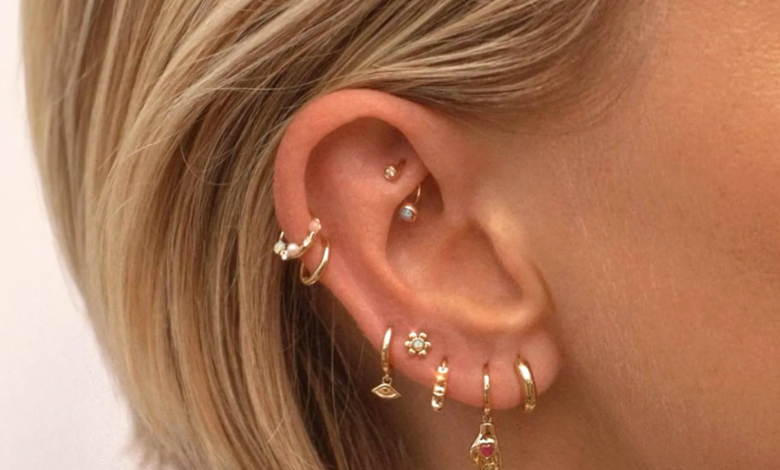
A rook piercing is one of those body art choices that immediately says you pay attention to the details. Tucked into the anti-helix — the cartilage ridge in the upper inner ear — it’s a placement that looks sophisticated, subtle, and just a little bit rebellious. The rook piercing is not as mainstream as a lobe or helix, yet it’s recognizable enough to feel approachable.
Whether you’re a piercing veteran or this is your first adventure into cartilage territory, getting a rook piercing is both an aesthetic and personal decision. It’s not just about the jewelry; it’s about the commitment to care, patience during healing, and the confidence it brings once it’s fully settled in. In this guide, you’ll find every detail you need to make an informed, inspired choice — from pain levels and healing timelines to jewelry options and insider tips.
Understanding What a Rook Piercing Is
A rook piercing passes through the anti-helix — the firm ridge of cartilage that runs parallel to the outer rim of your ear, located above the tragus and below the helix. Because it’s a curved piece of cartilage, the piercing itself follows a specific trajectory, which is why skilled placement is essential. If your anatomy doesn’t have enough definition or thickness in this ridge, a reputable piercer might recommend an alternative.
One of the key reasons people choose a rook piercing is its location within the “curated ear” aesthetic. It nestles neatly between other piercings, creating visual depth and dimension. Jewelry in a rook piercing can be dainty enough to blend in or bold enough to stand out, depending on your style.
“A rook piercing is like the architectural detail in a building — you might not notice it right away, but once you do, it completely changes the space.”
Another important aspect of understanding a rook piercing is the way it interacts with your everyday life. Because it’s positioned in an inner cartilage fold, it’s less prone to snags from hair or headphones than some outer ear piercings. That said, it’s still cartilage, which means it heals more slowly than lobes and needs consistent aftercare.
Why the Rook Piercing Has Become So Popular
The surge in popularity for rook piercings can be linked directly to the rise of “ear curation” trends on social media. Instead of seeing ear piercings as one-off accessories, people now view them as part of an overall ear design. The rook piercing sits at the heart of this approach, offering both symmetry and style.
Influencers, celebrities, and fashion-forward brands have showcased rook piercings in everything from minimalist gold hoops to gemstone-encrusted clickers. Its adaptable look means it fits a wide range of personal aesthetics, from boho to ultra-modern. This flexibility has given it staying power in a trend-heavy world.
There’s also a personal element. Many people choose a rook piercing as a way to celebrate milestones, mark personal changes, or simply express individuality. It’s a piercing that feels intentional — a small but meaningful addition to your style.
The Procedure: Step-by-Step Experience
Pre-Piercing Consultation
Your journey starts with a professional consultation. A trained piercer will inspect your ear anatomy to confirm you have a suitable anti-helix ridge. This step is crucial — the wrong anatomy can lead to migration, discomfort, or a piercing that just doesn’t heal correctly.
During this stage, you’ll also choose your initial jewelry. Most piercers recommend a curved barbell for new rook piercings because it reduces pressure on the cartilage during swelling. Hoops are possible, but they tend to move more, which can slow down healing.
The Piercing Process
Once your ear is prepped, it will be cleaned and sterilized. Your piercer will mark the entry and exit points with a sterile marker so you can check placement in a mirror. After you give approval, they’ll use a single-use, sterilized hollow needle to pierce through the cartilage.
The sensation is a sharp, focused pressure rather than a quick “pinch” like a lobe. Many describe it as more intense than outer ear cartilage piercings because the rook area has thicker cartilage. The actual piercing takes just a few seconds, followed by jewelry insertion and securing the ends.
Pain Level: What to Expect
Pain is subjective, but rook piercings tend to rank slightly higher on the discomfort scale for cartilage. This is due to the density of the anti-helix. That said, the piercing itself is quick, and the sharpness fades to a dull ache within minutes to hours.
Post-piercing, you can expect tenderness, swelling, and warmth in the area for several days. Sleeping on the pierced side may be uncomfortable for weeks, so using a travel pillow or sleeping on the opposite side is a common workaround.
Healing Timeline for a Rook Piercing
| Stage | Time Frame | What to Expect |
|---|---|---|
| Initial healing | Weeks 1–3 | Swelling, tenderness, possible redness |
| Mid-healing | Months 1–4 | Reduced swelling, occasional sensitivity |
| Final healing | Months 6–12 | Fully settled piercing, minimal discomfort |
Healing a rook piercing is a long game. The initial swelling and tenderness usually subside within the first month, but cartilage can take six months to a year to fully heal. Patience and consistent aftercare are key.
It’s common to have flare-ups during healing — days where the piercing feels sore or slightly swollen again. This can be triggered by sleeping on it, changing jewelry too soon, or even minor bumps.
Aftercare: Keeping Your Rook Piercing Healthy
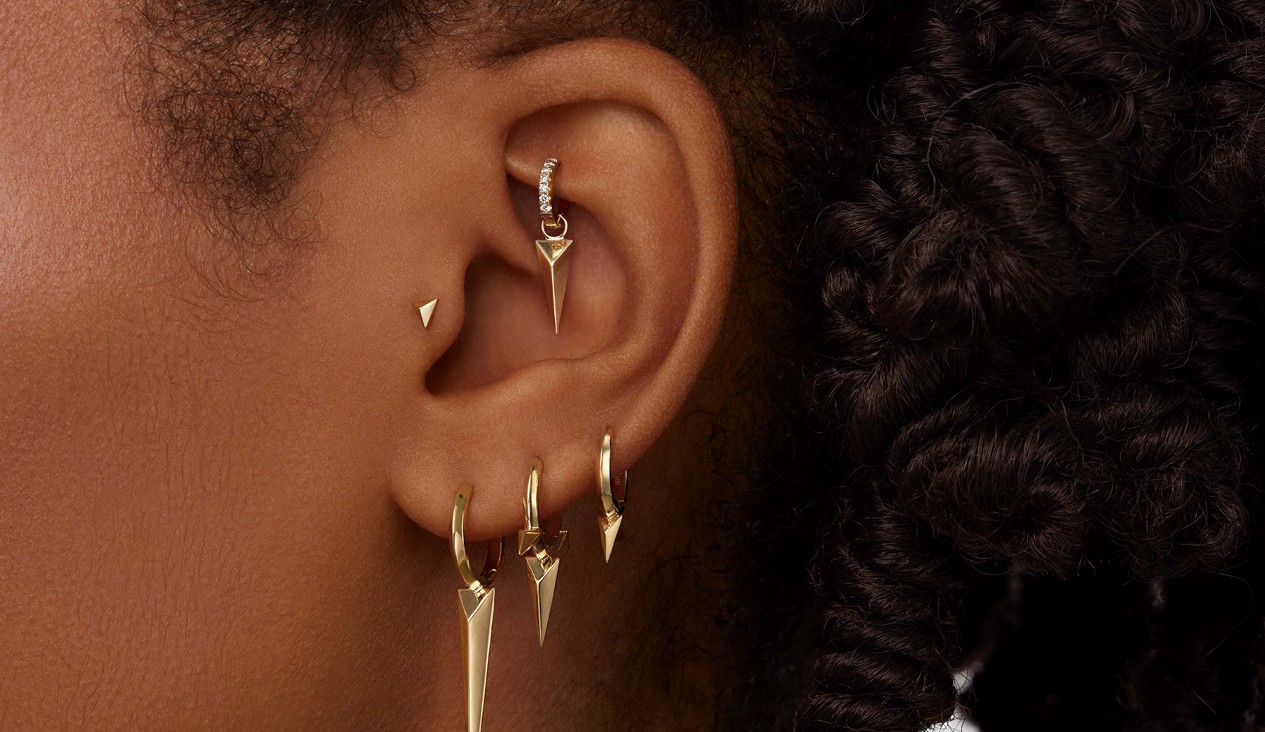
Aftercare for a rook piercing is straightforward but non-negotiable. A saline solution is your best friend — use it twice daily to gently rinse the piercing and remove any debris. Avoid alcohol or hydrogen peroxide, as these can dry and damage healing tissue.
You should also avoid twisting or rotating the jewelry. Movement delays healing and can cause micro-tears. Keep hair, headphones, and hats away from the area as much as possible, especially in the first months.
“Think of your rook piercing as a tiny work of art — it needs protection and patience to reach its full beauty.”
Jewelry Choices for Rook Piercings
The rook piercing can host a variety of jewelry styles:
| Jewelry Type | Pros | Cons |
|---|---|---|
| Curved Barbell | Ideal for initial healing, minimal movement | Less visible than hoops |
| Seamless Hoop | Sleek, minimal look | Can rotate and slow healing |
| Clicker Ring | Easy to change, decorative options | Best after full healing |
Choosing the right jewelry depends on both healing stage and personal style. Start with something healing-friendly, then transition into statement pieces once the piercing is fully settled.
Risks and Complications
Like any piercing, rook piercings carry risks:
- Infection if aftercare is neglected
- Keloids or hypertrophic scarring in predisposed individuals
- Migration or rejection if placement is poor or anatomy is unsuitable
These risks can be minimized by choosing a reputable piercer, following aftercare strictly, and resisting the urge to change jewelry too soon.
Myths About Rook Piercings
- Myth: Rook piercings heal in a couple of months.
Reality: They often take six months to a year. - Myth: You can change jewelry after a few weeks.
Reality: Wait until fully healed to avoid damage.
FAQs About Rook Piercings
Q: How long before I can change my rook piercing jewelry?
A: Typically six months to a year. Always consult your piercer before changing jewelry.
Q: Does a rook piercing help with migraines?
A: There’s no scientific evidence for this, though some people report relief.
Q: Can I get a rook piercing in both ears?
A: Yes, but healing two at once can make sleeping difficult.
Conclusion
A rook piercing is a stylish, unique addition to any curated ear, offering both visual intrigue and personal expression. While the healing process requires patience, the result is a long-lasting piece of ear art that can be customized endlessly with different jewelry styles. With the right piercer, proper aftercare, and realistic expectations, a rook piercing can be one of the most rewarding piercings you’ll ever get.
